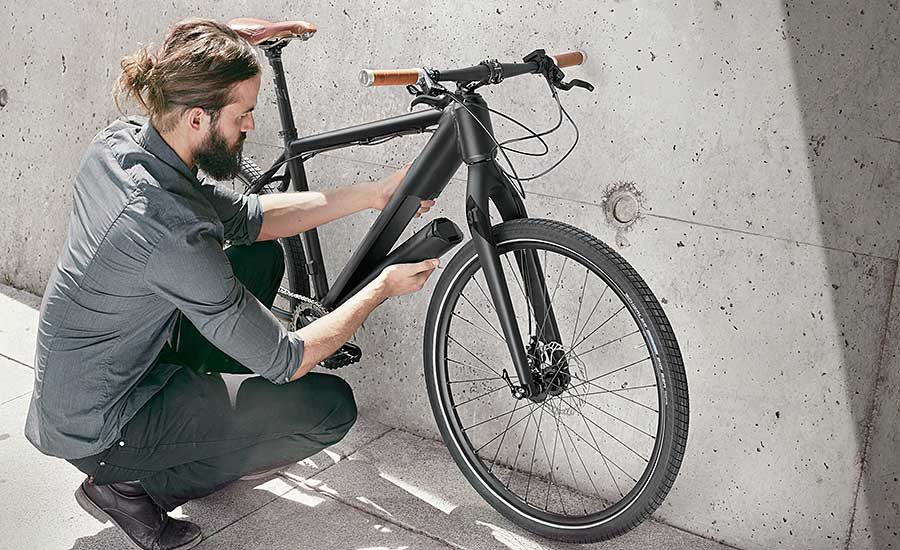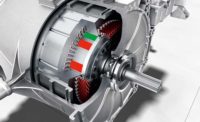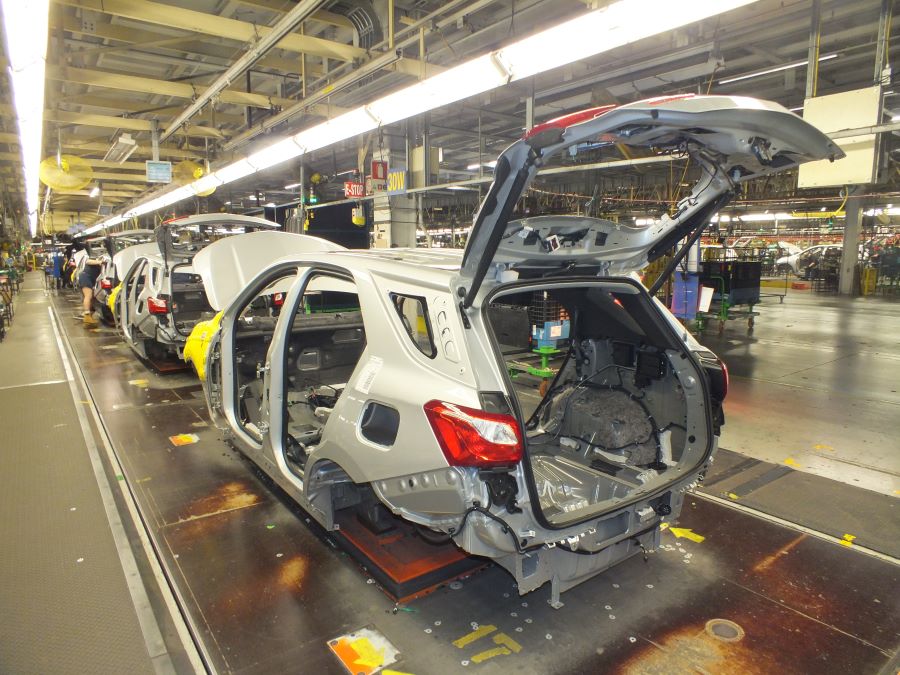In Europe, the electric bicycle market is booming. For every bike on the road, one in three is an e-bike. The United States is starting to see more e-bikes on the market and currently has more than 350,000 in circulation.
The key to success in the e-bike market is a lightweight and compact drive system. Consumers don’t want an e-bike that is significantly heavier than a traditional bicycle. That’s where German startup Fazua GmbH comes in.
Fazua was founded in Munich in 2013 by a small team of Bavarian cycling enthusiasts. The company’s compact, lightweight Evation drive system for e-bikes weighs just 10.2 pounds, including battery, motor and gearbox. That’s a big difference from most e-bikes, which have drive systems weighing up to 20 pounds.
The Evation drive system is compatible with both road bikes and off-road bikes. More than 45 OEMs, including Alchemy, Canyon, Stevens and Trek, integrate Fazua drive systems into their e-bikes. In fact, Fazua is now producing 50,000 Evation drive systems annually.
The Evation drive system consists of three components: the Drivepack, battery pack and angular gearbox. The Drivepack contains the electric motor and electronics. It also houses the 36-volt lithium-ion battery pack. The motor can generate 450 watts of peak power and weighs 4.2 pounds, without the battery pack. The battery provides 252 watt-hours of energy and weighs 3.1 pounds.
About the size of a water bottle, the battery slides into the Drivepack, and the whole unit is designed to fit into the down-tube of a bicycle frame. This allows OEMs to create e-bike frames with an elegant and discreet look. In addition, the rider can easily remove the Drivepack and use the bike as a normal, nonmotorized ride.
With most e-bikes, the motor is permanently installed in the frame. E-bikes powered by Fazua’s Evation drive system bridge the gap between classic bikes powered by muscle, and heavy e-bikes that offer plenty of torque and battery capacity, but are hard to move once the battery runs out.
Fazua’s gearbox is fixed to the bike and includes integrated electronics for two-sided torque measurement and cadence measurement. It ensures that the drive system delivers assistance naturally while also transmitting power efficiently. Riders can choose from three levels of assistance, or pedal without any help from the motor. Breeze mode provides gentle, constant assistance, as if the rider were being aided by a strong tailwind. River mode provides progressive assistance based on the effort of the rider. Rocket mode provides aggressive assistance to help riders tackle steep hills.
The rider chooses between the various levels using a wireless remote control attached to the handlebars. As a safety feature, the motor and gearbox disengage at speeds of 15.5 mph and above.
The Right Joining Technique
Design is crucial for a compact, yet powerful motor. Fazua uses motors with rare earth magnets, since they have the highest efficiency. Traditional methods for attaching the magnets to the rotors, such as mechanical clamping or banding, are reaching their limits. The manufacturing tolerances required for clamping can quickly drive up costs. In addition, clamping provides no protection against corrosion of the magnetic coating or the magnet itself. Banding the magnets is a complex process requiring precise control over tension, speed and temperature. The banding also increases the size of the motor assembly.
Fazua has opted for another method for assembling the motor—adhesive bonding. Adhesive bonding provides better protection of the magnets’ passivation, nickel or epoxy coatings during assembly than other methods. Bonding also ensures an optimal embedding of the magnets into the lamination stack, leaving the smallest gap possible between the magnet and coil.
Adhesives provide impact resistance, which is essential given the high dynamic forces of electric motors. Adhesives also offer vibration-damping characteristics for noise reduction. Another advantage of adhesive bonding is that it distributes tension over a wide area. That’s important for coping with different coefficients of thermal expansion between motor components.
Adhesives for Motors
All these benefits persuaded Fazua to choose adhesives for attaching the neodymium magnets in its e-bike motors. Pockets hold the passivated block magnet in place while the adhesive cures.
After testing and consultation on adhesives with Credimex, a Swiss adhesives distributor, Fazua chose DELO-ML DB135. This dual-curing, methacrylate-based adhesive for metal is suitable for small gaps of up to 100 microns and is often used in electric motors. This impact-resistant adhesive has a service temperature range from -60 to 180 C.
The anaerobic adhesive cures at room temperature with the exclusion of oxygen. Heat is not required. After just two minutes, the adhesive reaches its initial strength, and the component can be passed on to the next process step.
Curing time could be reduced to about 60 seconds if an activator is applied by either spraying the component or submerging it in a bath. The activator significantly improves adhesion to coated materials and increases the maximum thickness of the adhesive layer to 300 microns, which could compensate for higher tolerances of the components to be joined.
If even shorter cycle times are required in the future, Fazua can benefit from a light-fixation option offered with DELO-ML DB135. With this option, the adhesive cures in less than 10 seconds when exposed to high-intensity UV light. This allows the components to be fixed and processed immediately. Final strength will then be reached as usual, in the absence of oxygen.





